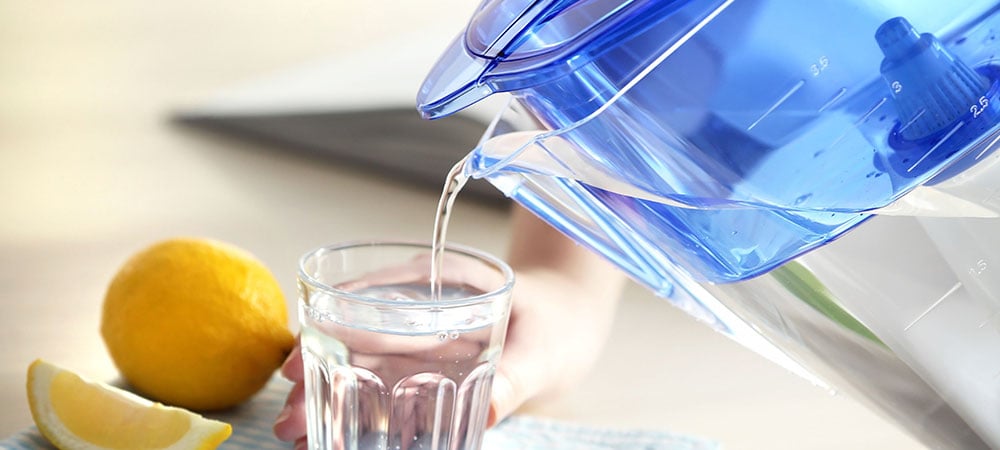
Step-by-step guide to selecting a home tap water filter
Find the right filter for your water – and budget
1. Find out what’s in your tap water.
To see what contaminants your water contains, search EWG’s Tap Water Database for your ZIP code or the name of the water utility that supplies your water. (Note that a community’s water may be supplied by more than one water utility. The reverse is also true: A single water utility may supply multiple communities.)
2. Compare filter types.
A table showing which water filter types – activated carbon, reverse osmosis, and ion exchange – can reduce levels of contaminants specific to your water will appear at the bottom of your water system page.
Some contaminants may be difficult to remove, or there may be just one technology that effectively removes or reduces the levels of a specific chemical. For example, reverse osmosis is the only type of filtration certified to remove nitrate and perchlorate.
When you are looking through the page with information about your community water system, you can click on the “Water Filter Guide” button under “Take Action” for more information about water filtration options.
3. Choose a filter.
EWG’s Water Filter Guide can help you identify the type of filter that is right for you.
There are several factors to consider when you pick a water filter. One is cost: Filters vary in price depending on the technology they use. The layout and size of your kitchen may be another when it comes to picking a countertop, faucet-mounted or under-sink filter. See this EWG infographic, “The Ins and Outs of Water Filters.”
When searching for a specific filter, keep in mind even filters of the same type can vary in their capacity to reduce the levels of specific contaminants. To ensure that a filter can remove a particular contaminant, check that it has been certified to do so by an independent third-party certification company.
4. Maintain the filter.
To make sure your filter functions properly, follow the manufacturer’s recommendations for cartridge replacement and maintenance. Bacteria can grow on carbon filters that are not replaced according to instructions.
